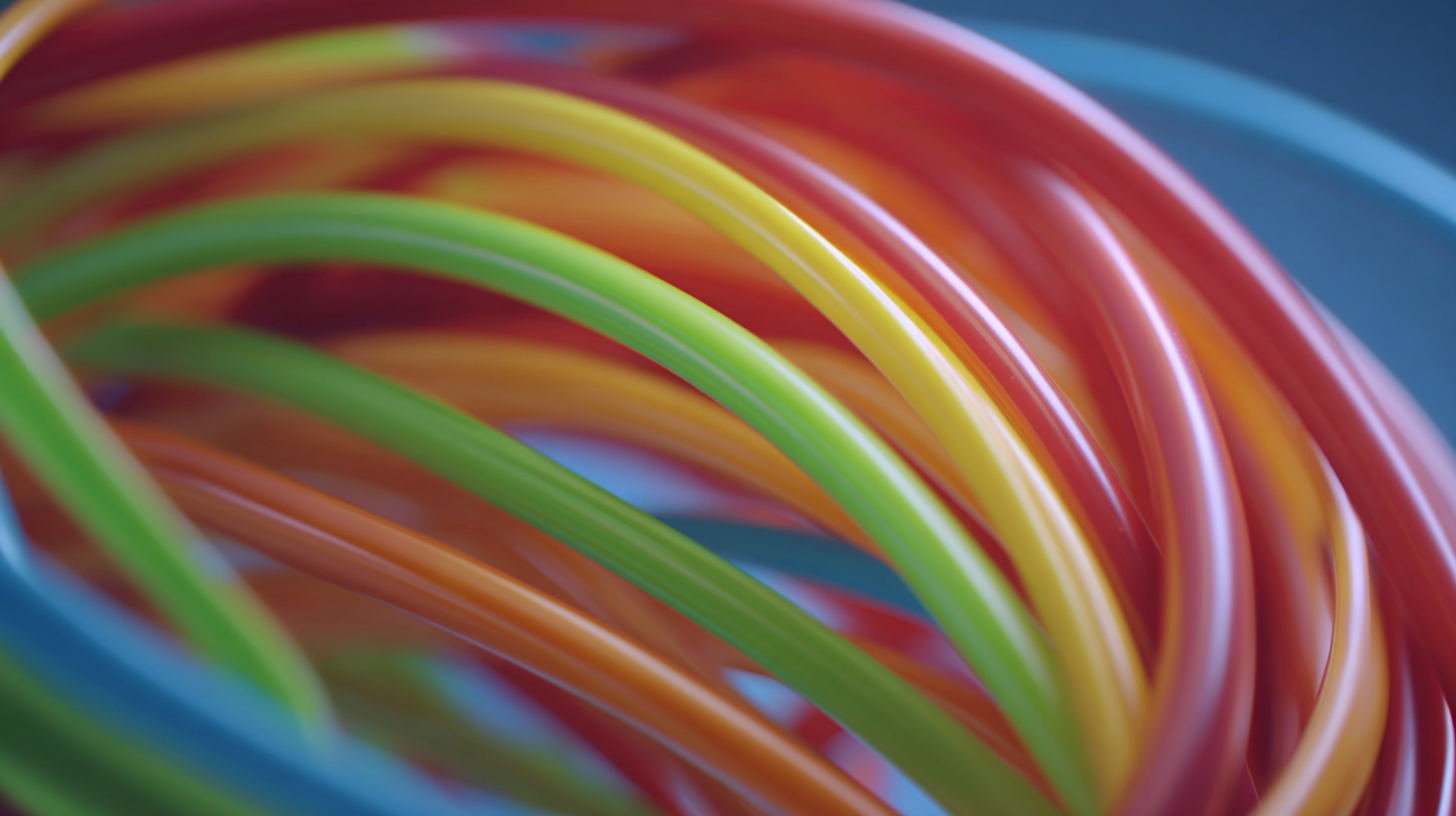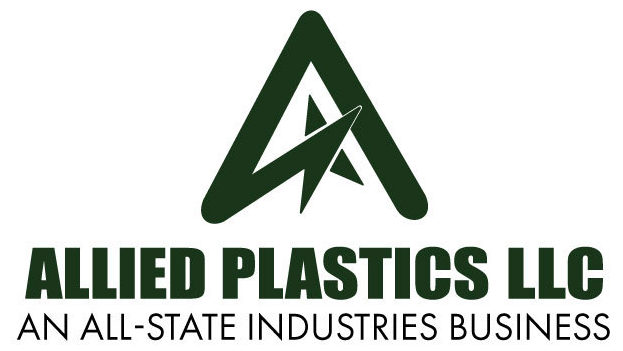The versatility and benefits of ABS plastic are increasingly recognized in the manufacturing of everyday products, making it a preferred material across various industries. According to the latest market research reports, the global ABS plastic market was valued at approximately USD 22.58 billion in 2020 and is projected to grow at a CAGR of 5.2% from 2021 to 2028.

This growth is driven by the material's exceptional strength, toughness, and resilience, which make it ideal for applications ranging from consumer electronics to automotive components. ABS plastic not only enhances product durability but also allows for intricate designs and finishes, thus playing a crucial role in modern design aesthetics. As industries continue to innovate, the demand for ABS plastic is expected to rise, underlining its significance in both everyday products and specialized applications.
ABS plastic, or Acrylonitrile Butadiene Styrene, has proven to be a go-to material in the manufacturing of consumer electronics and gadgets due to its remarkable strength and versatility. According to a report by MarketsandMarkets, the global ABS market size was valued at approximately USD 18.7 billion in 2020 and is projected to reach USD 27.3 billion by 2025, growing at a CAGR of 7.9%. This growth is largely driven by the rising demand for high-performance materials in the electronics industry.
One of the standout features of ABS plastic in electronics is its ability to withstand extreme conditions while maintaining a lightweight profile. For instance, it is widely used in the cases of smartphones, laptops, and various household appliances. A study from Grand View Research indicates that the consumer electronics segment accounts for a significant share of ABS consumption, making up around 30% of the total market. As devices become sleeker and more sophisticated, the role of ABS plastic in providing durability without compromising design has never been more crucial. Moreover, its ease of processing allows manufacturers to create intricate designs that enhance user experience, confirming ABS's place as an essential material in modern gadgetry.
ABS (Acrylonitrile Butadiene Styrene) plastic is renowned for its exceptional durability, making it a preferred choice across various industries. When compared to other common plastics, such as PVC and polycarbonate, ABS exhibits superior impact resistance and toughness. According to a report by the Plastics Industry Association, ABS can withstand impacts of up to 70 joules, demonstrating its reliable performance in demanding applications. This resilience enables manufacturers to utilize ABS in products ranging from automotive parts to household items without compromising on quality or performance.
Moreover, ABS maintains structural integrity over a wide temperature range, typically from -20°C to 80°C. In contrast, polycarbonate may become brittle at lower temperatures, while PVC can lose its flexibility. A study from the American Society for Testing and Materials (ASTM) highlights that ABS's resistance to both heat and cold contributes to its lasting nature, reducing the likelihood of cracks or degradation over time. This characteristic is especially important in everyday products, which must endure varying environmental conditions, enhancing the overall longevity and user satisfaction associated with ABS-based items.
| Material | Impact Resistance (notched Izod, J/m) | Tensile Strength (MPa) | Heat Resistance (Vicat Softening Point, °C) | Weight (g/cm³) |
|---|---|---|---|---|
| ABS Plastic | 16 - 22 | 40 - 50 | 95 | 1.04 |
| Polycarbonate (PC) | 30 - 50 | 60 - 70 | 145 | 1.2 |
| Polypropylene (PP) | 3 - 5 | 30 - 35 | 100 | 0.9 |
| Polystyrene (PS) | 1 - 2 | 30 - 40 | 95 | 1.04 |
ABS plastic, known for its durability and versatility, presents significant opportunities for recycling and sustainability. The chemical structure of ABS allows it to be recycled multiple times without losing its original properties. This characteristic encourages many manufacturers to incorporate recycled ABS into their production processes, thus reducing the demand for virgin materials. Furthermore, the recycling of ABS helps divert waste from landfills, contributing to a cleaner environment.
In terms of sustainability, the lifecycle of ABS plastic can be optimized through effective waste management strategies. Initiatives that promote the recycling of ABS not only minimize environmental impact but also support a circular economy. Companies are increasingly aware of the importance of utilizing recycled materials, which fosters innovation in product design. By using recycled ABS, manufacturers can reduce their carbon footprint while still delivering high-quality products to consumers.

ABS plastic, or Acrylonitrile Butadiene Styrene, is increasingly recognized for its cost-effectiveness in manufacturing a wide range of everyday products. One of the primary reasons for its widespread adoption is its favorable balance between price and performance. ABS plastic is not only affordable, but it also offers excellent durability, impact resistance, and ease of processing, making it an attractive choice for manufacturers looking to optimize production costs without compromising on quality.
Additionally, the versatility of ABS plastic allows it to be used in an array of applications, from consumer electronics to automotive components. Its ability to be easily molded into complex shapes streamlines the manufacturing process, resulting in reduced labor costs and shorter production times. This efficiency translates into lower prices for consumers, allowing for the creation of high-quality, economically viable products that meet market demands. As industries continue to seek sustainable and cost-effective materials, ABS plastic stands out as a reliable option that aligns with both manufacturing needs and consumer expectations.

When considering household items, the health and safety standards for plastics such as ABS (Acrylonitrile Butadiene Styrene) are paramount. ABS is a popular engineering plastic known for its robustness and versatility, commonly found in products ranging from children's toys to kitchen appliances. According to industry analyses, the demand for ABS in household applications is expected to grow steadily, driven by its resilience and ability to withstand various temperature ranges. Furthermore, ABS complies with significant safety regulations, making it a suitable choice for products that come in contact with food and children.
In terms of application, ABS plastic is not only durable but also easily moldable, which is beneficial for creating intricate household items. The versatility of ABS allows for innovative designs, enhancing both functionality and aesthetics. Companies are rigorously testing their products for compliance with safety standards, ensuring that ABS used in their goods meets guidelines set by regulatory bodies. For consumers, it’s important to look for certifications or labels that indicate compliance with health and safety standards when purchasing ABS plastic products.
**Tips:** When selecting ABS-made household products, check for any safety certifications to ensure they meet health standards. For craft enthusiasts, using a 3D pen with ABS filament can open up endless possibilities for creating custom household items while adhering to safety protocols. Always ensure that the workspace is well-ventilated when using ABS materials to mitigate any potential fumes.
This chart illustrates the various benefits of ABS plastic in common household items, highlighting key attributes such as durability, impact resistance, and safety compliance.




